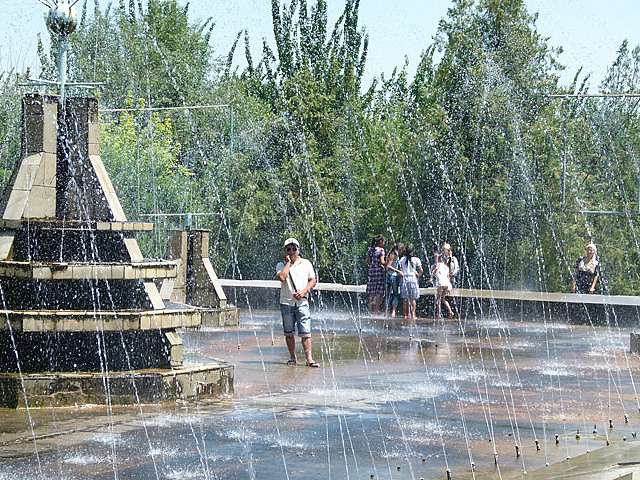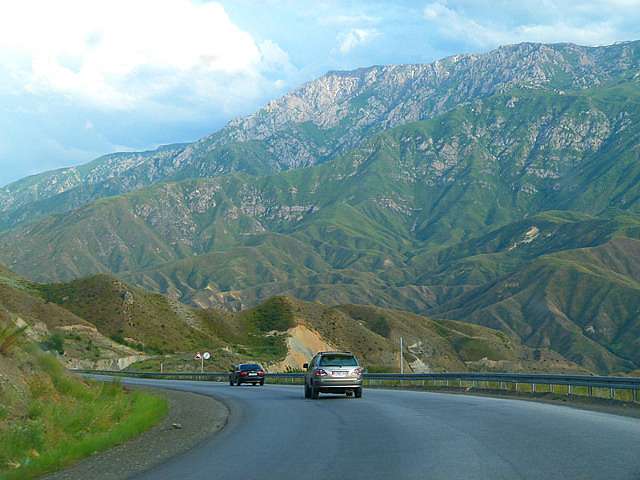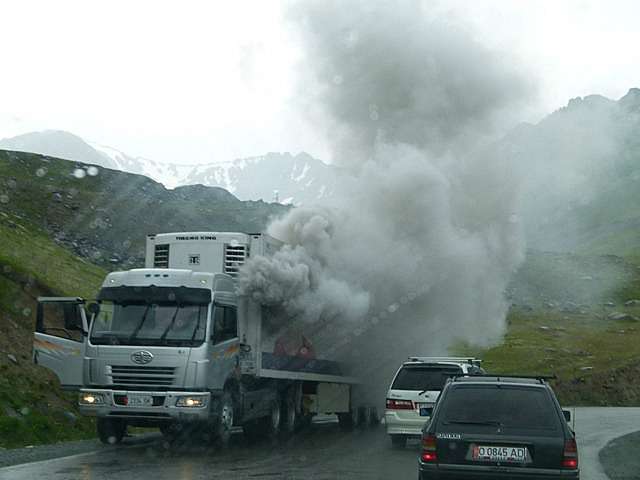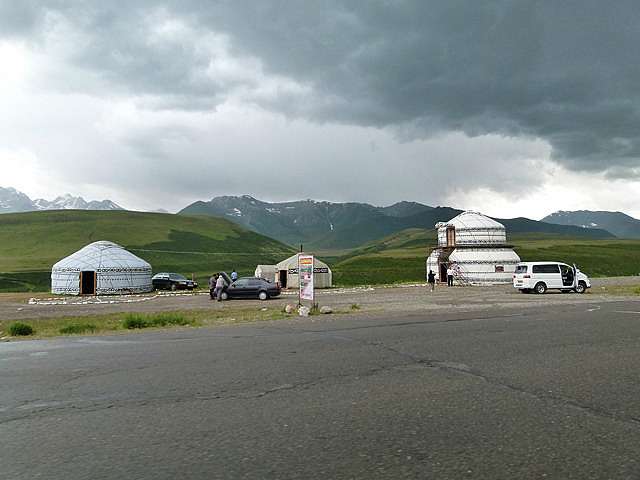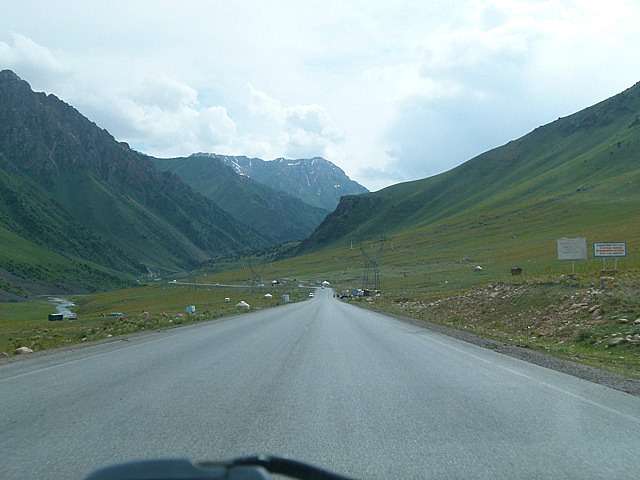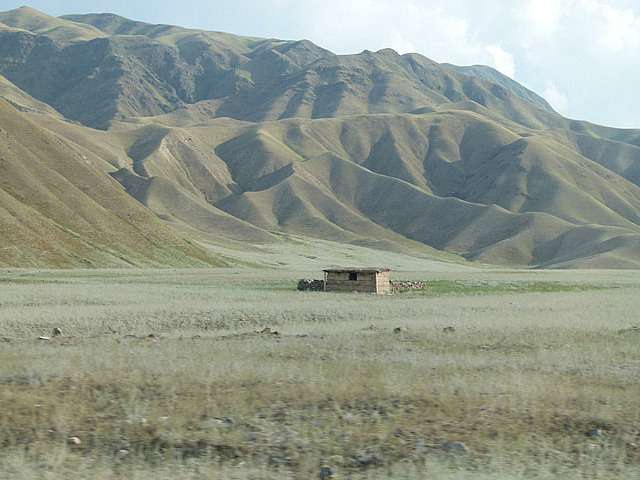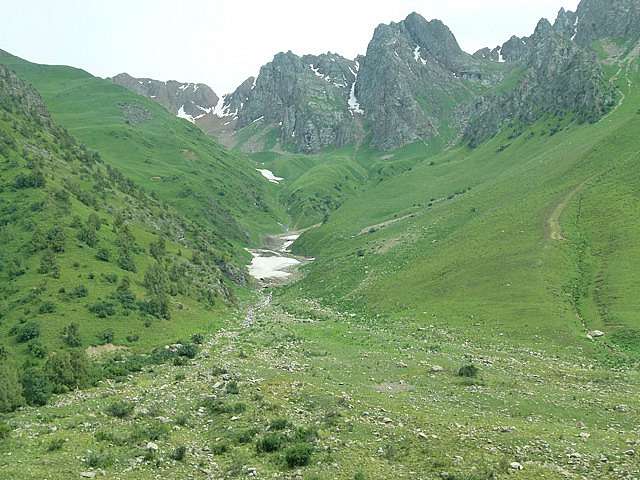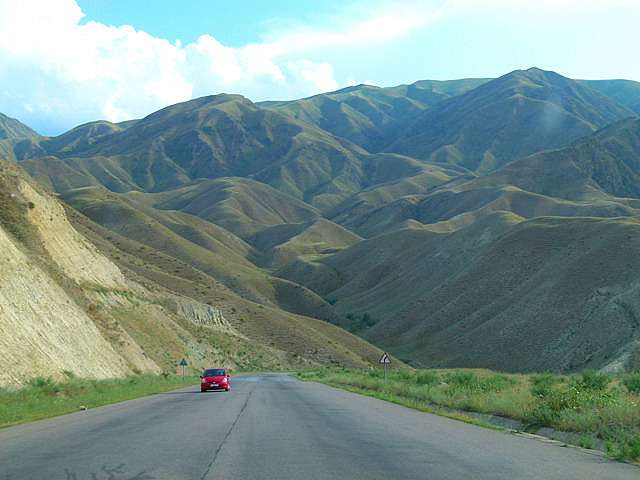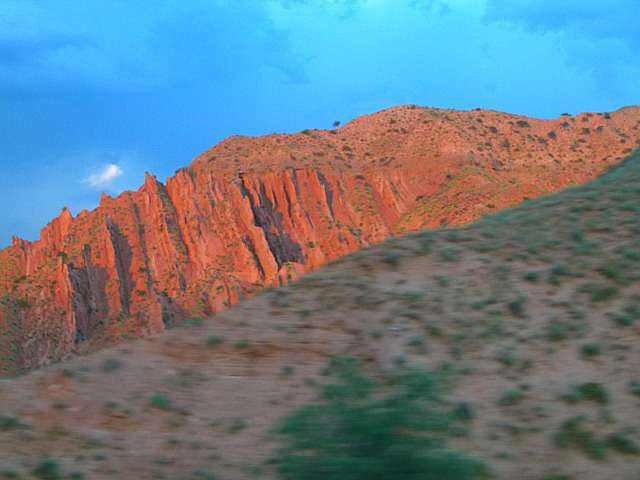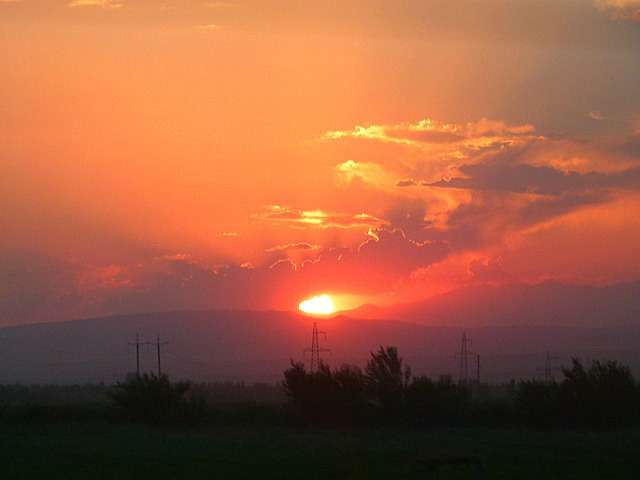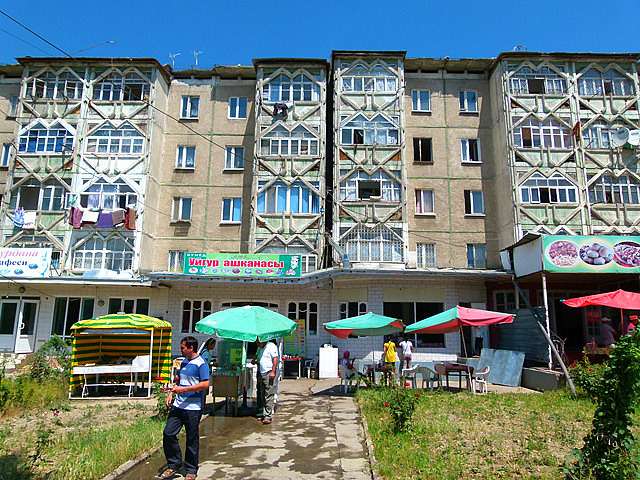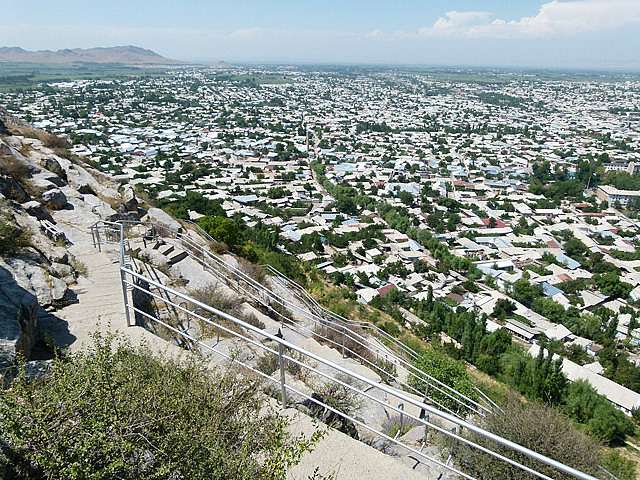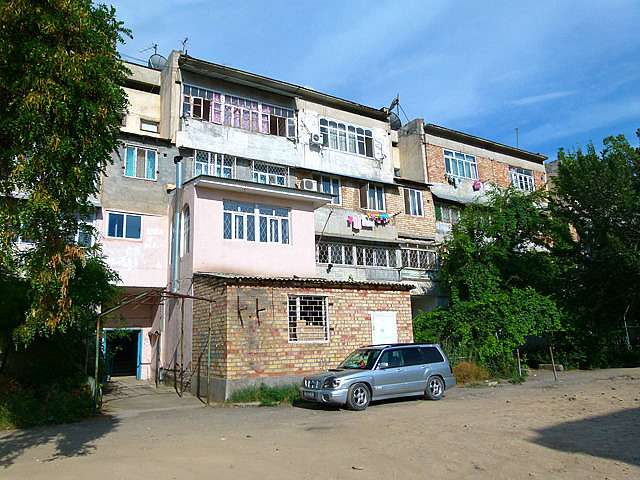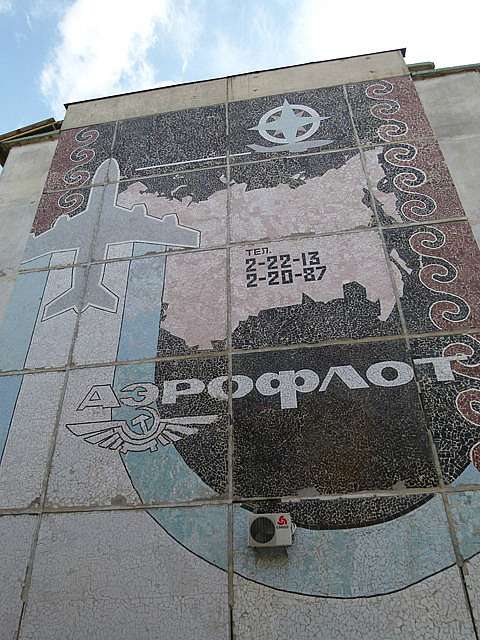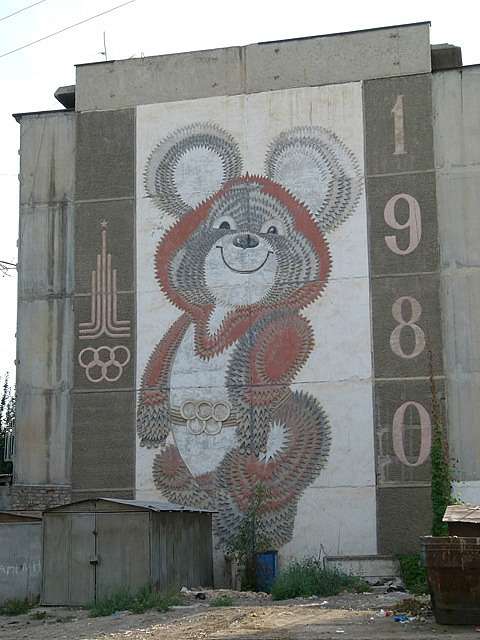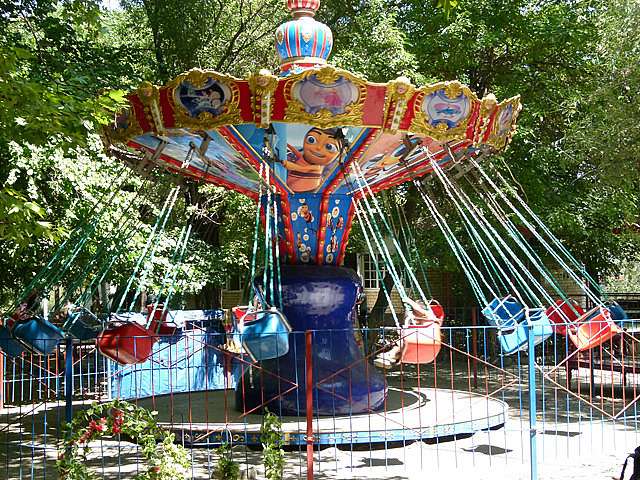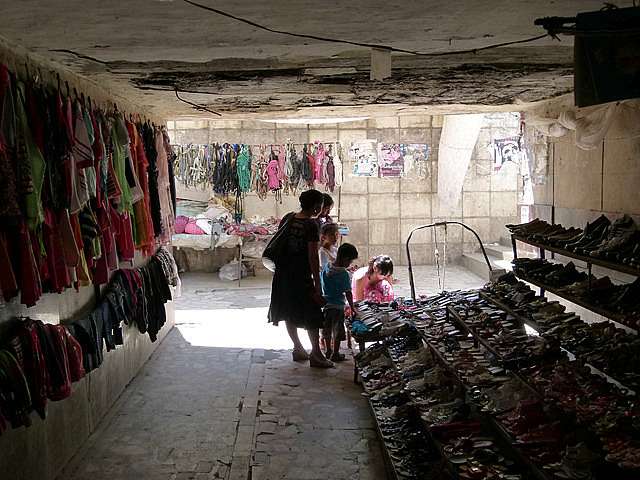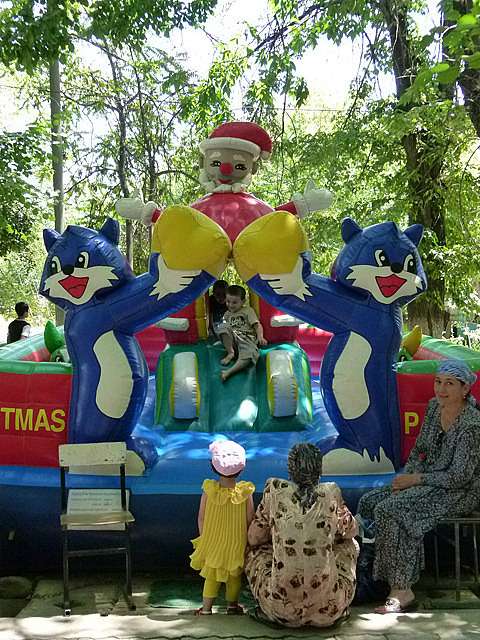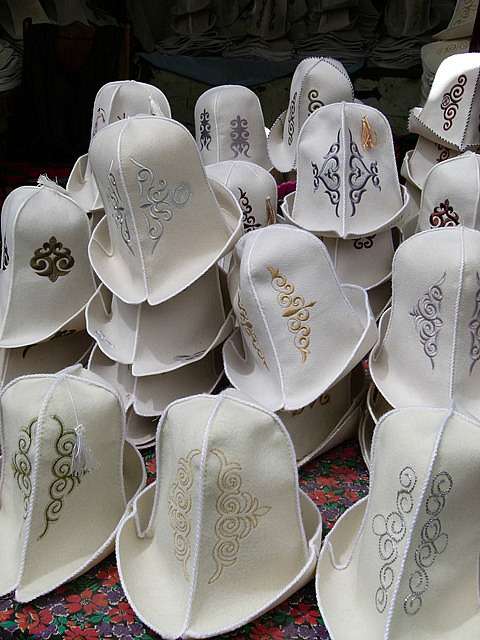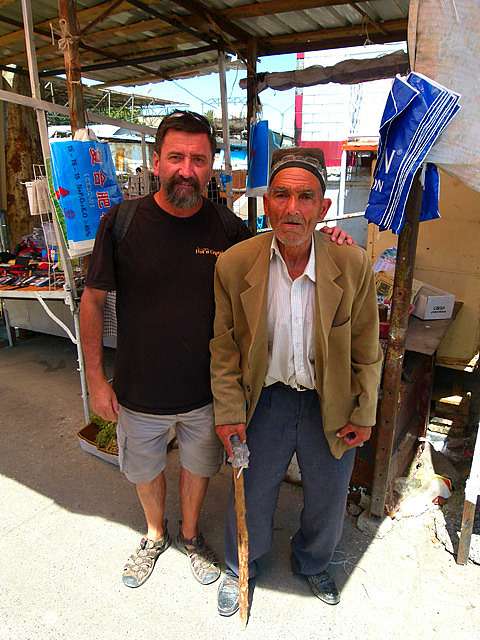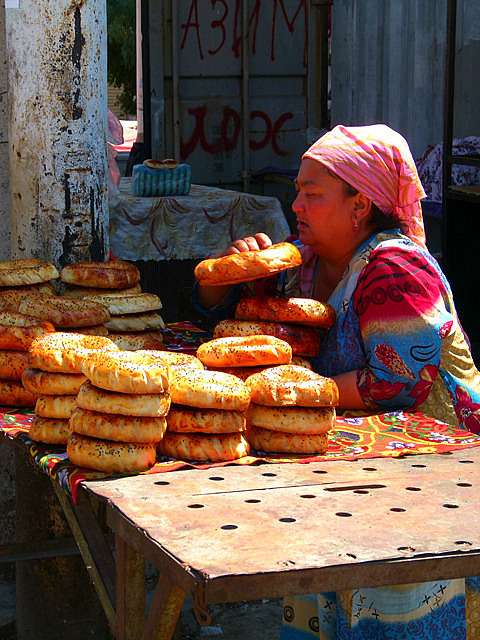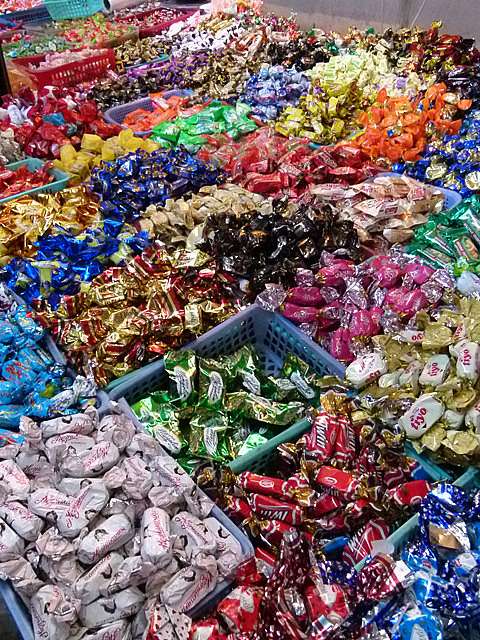Where is Osh-Kyrgyzstan? (And why would you want to visit?) |
|
Osh is the second-largest and the oldest city in Kyrgyzstan. It is located in the Fergana Valley around 600 km southwest of Bishkek by road. Osh city is over 3000 years old, and the central bazaar has been operating in the same spot for over 2000 years. Osh has been an important stop on the Silk Road for eons. Nowadays it serves as a transit point en route to the Pamir Mountains in Tajikistan, the Irkeshtam Pass to China, and the Dostyk crossing to Uzbekistan. The city itself is a bit tired, but it’s worth a short visit to experience the unique mix of Kyrgyz, Uzbek, Russian, and Tajik cultures. Reportedly there are people from over 80 separate ethnicities calling it home. Make sure you do a walk around the Bazaar, head up to the Museum Sulaiman-Too (on the sacred mountain of the same name) with great views over the city, and wander around to observe some of the relics from the monuments and statues from the Soviet era, various religious sites, and the locals enjoying themselves in the central park. |
Want to know more about our experience in Osh, then read on…
All Roads Lead to (and From) Osh!
We were awake and fully packed by 8 am knowing quite well the car wouldn’t be on time. A few phone calls from Danyir in Osh assuring us it was coming, put our minds at rest. When it finally arrived at 9 it was immediately obvious that the Mercedes station wagon would not fit four people, a dog, all our luggage plus two bikes even if we did strip them down.
Eireen and Michael, our German companions, had half suspected this might happen and weren’t too fussed in the beginning. The driver and the Osh Guesthouse representative kept insisting we could manage it, even suggesting we strap the bikes to the roof. With no roof racks, however, they soon realized the car roof would be toast if we did.
The driver drove off in a huff and we had a few conversations with Danyir about getting a bigger vehicle. About then the Germans decided they’d had enough and went down to Osh Bazaar on their bikes to see what they could dig up themselves. Right about the time we got a new price on a car from the guesthouse, the Germans were bargaining in the market. A price comparison meant they knew where to aim for and could be sure of the car.
At about 11.00 they arrived back at the guesthouse and we prepared to load up. But no….It wasn’t going to be that easy. The guy who bought them back had had a change of heart and wasn’t going to take us, his friend was! So… after a lot of discussions, Michael went with the driver to inspect the newly promised car and the rest of us sat back to wait. More than an hour later he finally returned and we were on our way.
The ride out of Bishkek was along busy roads lined with market stalls and the sprawling ‘Car Bazaar’ where you can buy anything with four wheels with no questions asked! After an hour we turned south and started the long slow climb up to the first pass. We passed a broken-down truck coming the other way. Its refrigeration system was obviously kaput as it was spewing voluminous white fumes from the trailer.
Not long after that, it started to rain and things looked pretty bleak as we emerged from the tree-line. We soon reached a very long tunnel at the top of the pass and immediately understood why most of the cyclists we had met hitched a lift through. At about 5km long, it was narrow, poorly lit, dripping with water, and the lights from the oncoming traffic completely blinded us.
As with many long tunnels, it was like a different world when we exited. Long green slopes led down to a wide verdant valley stretching to snow-laden mountains in the distance. As we drove along the wide, rolling plateau the road was lined with the yurts of the families of horse breeders. In make-shift roadside stands, recycled plastic bottles of every shape and size were filled with horse milk. Alongside the horse milk, you could also buy such things as white balls of horse milk cheese and liter bottles of fresh honey and mead. At regular intervals, herds of horses in small close groups stood with their tails to the wind to avoid the cold. Quite often we would see the women milking the mares and carrying pails of the fresh warm milk back to their yurts.
At the end of the plateau, we descended along another river valley where we spotted a number of men fly fishing for trout. The valley eventually emptied out into a large lake which we had to drive all the way around. By now the landscape had changed and the lakeshore had become less green and sparsely populated. Our driver, with his chin to the steering wheel, was doing his best Nigel Mansell impersonation, squealing the wheels around every bend, obviously trying to make up for our late start and unconcerned with the price of rubber.
As we left the lake behind, we picked up the beautiful blue-green Naryn River at Karakol village and followed it for 40km through a deep spectacular gorge. It was almost impossible to get a photo as the van was Japanese and the driver was on the right-hand side blocking the view. From the gorge, we took the road along the Uzbek border until the turn-off near the border post. Here we turned left and headed for Jalalabad. By this time the sun was setting over a much flatter agricultural landscape, the road lined with obviously in-season watermelons.
We drove through the darkness till about 10.30 when the driver suddenly stopped the car at the side of the road, focused his headlights on a particular watermelon stand, and spent the next 15minutes shaking, tapping, and prodding various large fruits until he found 4 obviously perfect specimens. WTF!!
We arrived in Osh about 12.30 the next morning and rang the guys at the guesthouse as we entered the city limits. They directed the driver to the appropriate drop-off and we decanted everything. The guys helped us up to our rooms in an apartment building and within 15minutes we had sorted things. As the bathroom was occupied we laid our weary bones on the bed and in no time at all were blowing some well-earnt zzz’s. Unfortunately, we didn’t get to say goodbye to our German friends as they left the early the next morning on their way east to China.
We spent a couple of days getting our trip to the Pamirs in Tajikistan sorted and did a bit of exploratory walking around Osh. It certainly wasn’t as picturesque as Bishkek and was a fair bit hotter, rising to over 35oC on days. The streets were dustier and in much need of repair and the buildings quite a bit more dilapidated. It was, however, quite a bit more exotic than up north. The bazaar was more middle eastern, the locals a lot more conservative, the mosque a much greater focus, and us tourists a lot more conspicuous.
As a female, I felt a lot more inappropriate having a beer in public than up north. Osh is definitely the crossroads to a lot of other places rather than a destination in itself. Everyone we met was wanting to get somewhere else…mostly south to Tajikistan, north to Bishkek, east to Kashgar in China, or west to Uzbekistan.

